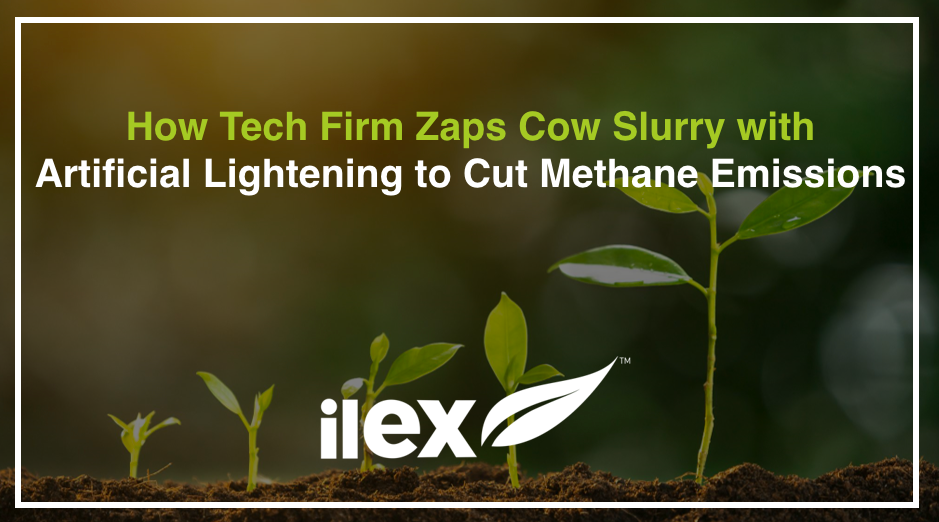Ilex always celebrates innovative technologies that provide modern solutions to modern problems. Read this case study to find out how a Norwegian Farm faced the challenge of reducing methane emissions from slurry.
The amount of methane in the Earth’s atmosphere is constantly rising. According to the UN Environment Programme, livestock manure emissions account for roughly 32% of human-caused methane emissions.
Methane is an overpowering greenhouse gas that lasts up to a decade in the atmosphere. There is no doubt that finding sustainable solutions is the best way to keep up with the demands of today, as well as prepare for the future.
Oslo-based N2 Applied are spearheading the way by testing its plasma technology across Europe, including at three farms in Britain, to improve the safety both of farm workers and the planet.
Who Are They?
N2 Applied is a Norwegian technology company in a pre-commercial phase founded by Grete Sønsteby and Rune Ingels. N2 has an international team with expertise across agriculture, technical engineering, business development and sustainability. The company has its head office in Oslo, as well as branches in the Netherlands and York in the UK.
N2 Applied’s first demo event was held at Bingham farm in Northern Ireland on 20th June 2018. The interest in their game-changing technology grew from there, and they now have working N2 Units on farms in the UK, Norway, Sweden and the Netherlands.
N2’s scalable process enables fertiliser production to be re-distributed to the end user. This benefits the farmer by cutting long and expensive value chains and reducing the need for chemical fertiliser production based on gas or coal. The solution also reduces farm emissions of methane and ammonia, as well as odour.
How Does it Work?
N2 invented a way to reduce slurry (the fertilising mixture of manure, hay and water) emitting so much methane, by zapping it with artificial lightning.
The simplified steps are as follows:
1) A liquid stream of organic waste (slurry) feeds into the unit.
2) Plasma Stage (Artificial Lightning): Nitrogen is fixed from the air using electricity, splitting nitrogen and oxygen molecules into atoms which form nitrogen oxides.
3) Absorption Stage: The nitrogen oxides are absorbed into livestock slurry.
4) The treatment has stopped the methane emissions from the slurry, and almost removed the odour.
5) The organic carbon content and other important crop nutrients are retained in the fertiliser.
6) The organic waste is changed into a Nitrogen Enriched Organic (NEO) fertiliser, which can improve the sustainability of food production.
Watch the full process here: https://www.youtube.com/watch?v=1_yxBnEntvo
The Future for N2
With the increase of interest in their futuristic solution, N2 hopes to release a commercial model of the device in June 2022, which should cost approximately the same as a medium-sized tractor.
Read another case study about a farm in Kuwait that uses IoT, AI and cloud apps to digitally manage crops here: https://bit.ly/3uX0InH



